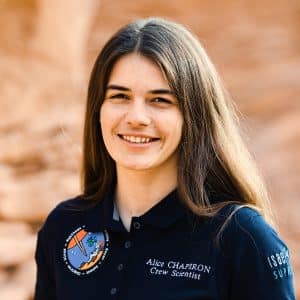FOCUS LUCY by Michel Decobert
LUCY, THREE MILLION YEARS LATER...
Co-leaders of the International Afar Research Expedition (IARE) in Ethiopia, Maurice Taieb (French geologist Director of Research at CEREGE), Donald Johanson (palaeontologist and palaeoanthropologist American) and Yves Coppens (palaeontologist and palaeoanthropologist French), discover on 24 November 1974, a three-million-year-old australopithecus that they named Lucy. Michel Decobert, CNRS engineer responsible of the Cartography, then a member of the project bringing together some thirty American, French and Ethiopians and author of Lucy: a scientific adventureThis is the story of the fabulous discovery.
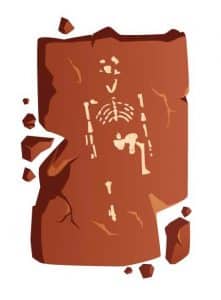
At around midday on Sunday 24 November 1974, in the Awash fossil valley, doctoral student Tom Gray and palaeoanthropologist Donald Johanson let out cries of joy that attracted Maurice Taieb and a few colleagues. Fossil remains were strewn across the sand of a hillside. The first fragment, the forearm of a female australopithecus, was presented to Tom Gray by Dato, Mauric's former Afar guide.
Thanks to a well-dated geological stratigraphic framework, the researchers already estimate an age of 2.8 million years. The site is noted as AL288-1[1].
In the evening, everyone is happily toasting each other as they gradually realise the significance of the discovery. A cassette recorder plays a Beatles song, Lucy in the sky with diamonds and Pam Alderman randomly throws :
“If you really think it's a female, why not call it Lucy?”
In the end, the name was adopted as a matter of course. In just a few days of excavation, 52 pieces were collected, yielding 40 % of the skeleton of a female australopithecus estimated to be 1.10 m tall and weighing around 25 kg. Maurice Taieb, Donald Johanson and Yves Coppens, who head the’International Afar Research Expedition (IARE), announced to the international press the discovery of a three million year old australopithecus. The Ethiopians will name it Dinknesh, which can be translated as "You are wonderful", thus retaining its local origin. In 1978 a new species of the genus Australopithecus: A. Afarensis is determined by Donald Johanson and colleagues[2]. Today, Lucy's age is specified at 3.18 million years.
A multidisciplinary scientific adventure
November 1975. In a twin-engine Cessna, I look out over the green mountains of the Ethiopian plateau[1] which extend northwards past Eritrea and disappear into the Red Sea. To the east, the Somali plateau opens up into a 300 km wide tectonic desert valley that slopes into Somalia. In the centre, the Awash River meanders for 1,200 km like a silver ribbon through the scientific exploration site of Hadar, a two-hour flight north of Addis Ababa. In this region, the Issas are fighting the Afars and my pilot is anxious to get back to his people.
On the Harar plateau, a space cleared of rocks allows for landing and safety instructions require that a car be at the end of the runway. But no vehicle is visible! Then, on the ground, a swirl of dust; it's a Land Rover speeding along and taking up position. It is Maurice Taieb's. The plane lands and makes a U-turn ready for take-off with the engine running. With the luggage, equipment and mail transferred, the plane is already a black dot in the sky. In the distance and below, the Awash forest contrasts with this desert immensity. After a chaotic descent of the escarpment at the limit of the resistance of a Land Rover, I will bring my help to Pierre Planques, IGN engineer, for the realization of a cartography of 60 km² for the establishment of a geological map.
Occasionally, I also carry out topographic surveys of newly discovered sites. The topographers survey the highest peaks while the palaeontologists find fossil fragments. There, of australopithecines, here, of an elephant's head, but also those of crocodiles or rodents. Geologists, hammers in hand, observe and note the various strata. Having briefly studied the cutting of lithic industries, I spot tools cut in the Kada Gona wadi. Dated in 1977[3] 2.6 million years old, they will prove to be the oldest known at the time.
During this field campaign, another discovery excited the scientists. Fourteen skeletal fragments, including those of four young individuals contemporary with Lucy, have just been unearthed! The excavation noted AL333 is located halfway up an escarpment with difficult access. It is the first discovery of an organised hominid group. It is a major discovery for palaeontology and would certainly have been the star of the show if Lucy had not existed. The excavations end in January 1977 [4] with 256 sites studied. They were halted by a war that lasted fifteen years. The resumption of exploration and the extension of palaeontological excavations by other international teams enabled a total of 427 hominid fossils to be found in the Awash valley!
Illustration © Éditions I Harmattan, 2021
[1] AL for Afar Locality.
[2] D. C. Johanson, T. D. White and Y. CoppensA new species of the genus Australopithecus (Primates: Hominidae) from the Pliocene of eastern Africa", Kirtlandia, vol. 28, 1978, p. 1-14.
[3] Decobert M., Lucy: une aventure scientifique, Paris, L'Harmattan, 2021. Preface written by Maurice Taieb, inventor of the Hadar site.
[4] Roche H. & Tiercelin J.-J. (1977). Discovery of an ancient lithic industry in situ in the Hadar Formation, Central Afar, Ethiopia. Comptes Rendus de l'Académie des Sciences Paris, tome 284, série D, 1871-1874.
Previous Focus articles

Michel Decobert, retired CNRS engineer, cartographer/topographer. at CEREGE from 1995 to 2020.
He also set up a sediment coring and logistics service for the Earth and Environmental Sciences community. He has taken part in a number of coring campaigns at sea aboard the Marion Dufresne. In 2009 he was awarded the scientific cooperation prize at the 8ème Science and Technology Festival of the PACA region.
At CEREGE as:
. Head of the cartography and computer graphics department.
. Manager and founder of SETEL (Service, Study, Field,
Equipment, Logistics).
. Workshop manager.
. Responsible for core drilling campaigns as part of the SETEL project.
. Laboratory Health and Safety Manager.
. Member of the Personnel Committee.
. Consultant
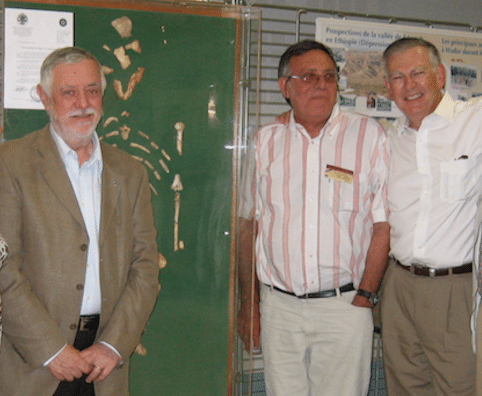
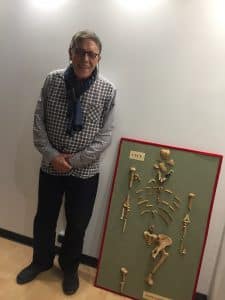
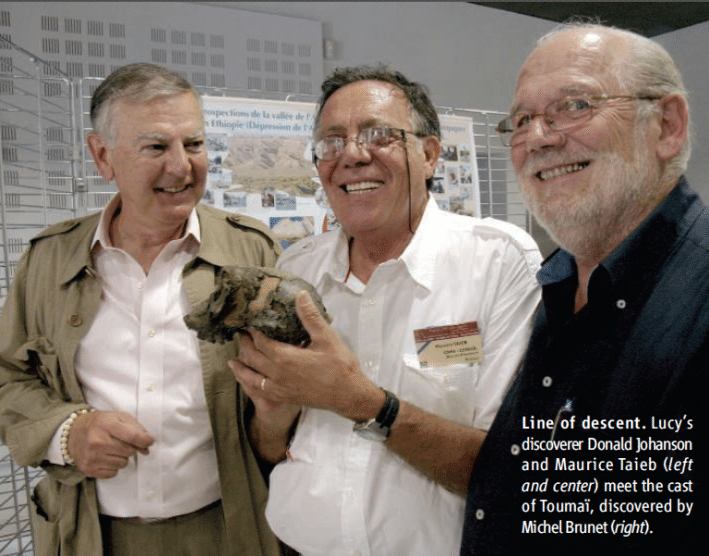
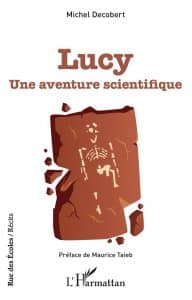

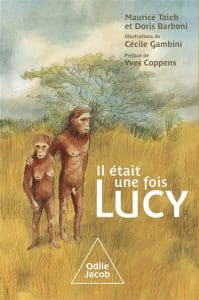
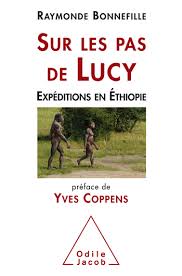
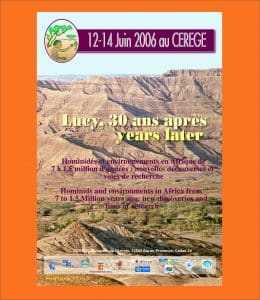
Works
. Maurice Taieb (with the collaboration of Daniel Pauchet), In the land of the first menParis, R. Laffont, coll. "Vécu", 1985, 329 p.
. Raymonde Bonnefille, In the footsteps of Lucy Odile Jacob, Preface Y. Coppens
. Michel Decobert, Lucy: a scientific adventure, Paris, L'Harmattan, 2021. Preface by Maurice Taieb, inventor of the Hadar site.
. Maurice Taïeb, Doris Barbonni, Cécile Gambini: Once upon a time there was Lucy, éditions Odile Jacob, May 2022, foreword by Yves Coppens.
. IRD Le Mag, The lost paradise of Lucy's ancestor, 2019
Publications
. Donald Johanson and Maurice Taieb (1976), "Plio-Pleistocene hominid discoveries in Hadar, EthiopiaNature, vol. 260, p. 293-297, [1] [archive]
. Donald Johanson, Timothy White, Yves Coppens (1978), "A new species of the genus Australopithecus (Primates: Hominidae) from the Pliocene of Eastern AfricaKirtlandia, no 28, p. 1-14
. Donald Johanson and Maitland Edey, Lucy: a 3,500,000-year-old woman, translated from the American (Lucy, the beginnings of humankind), Paris, Robert Laffont, 1981 (ISBN 2-221-01200-3)
. Donald Johanson and James Shreeve (trans. Bernard Seytre), La fille de Lucy [«Lucy's child»], Paris, Robert Laffont, 1990, 346 p. (ISBN 978-2-221-06751-2)


